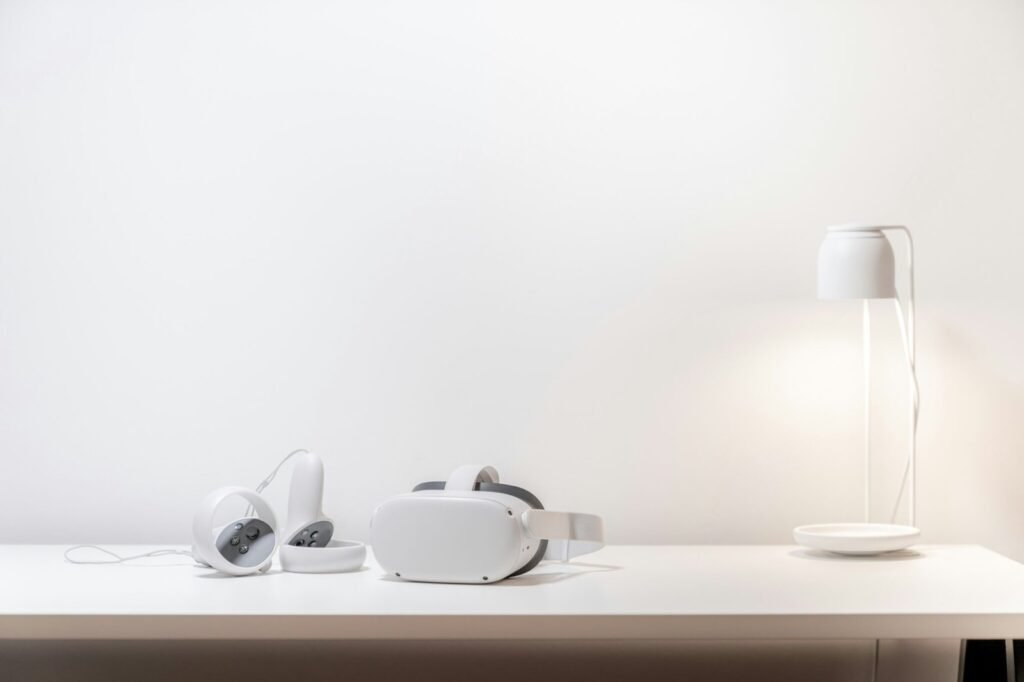
“Virtual Reality turns design dreams into immersive realities, shaping spaces before they’re built.”
Real-time Design Exploration
Traditionally, designers and clients relied on 2D drawings and static renders to visualize spaces. With virtual reality (VR), the design process is transformed into an interactive experience. Designers can create detailed, immersive 3D environments that clients can explore in real-time. This dynamic interaction allows for an immediate sense of scale, proportion, and spatial flow, making it easier to understand and adjust designs on the fly.
Enhanced Client Communication and Decision-Making
Client feedback is a cornerstone of successful design projects. VR technology bridges the communication gap by allowing clients to experience and interact with virtual models of their spaces. This immersive approach facilitates clearer feedback, reduces misunderstandings, and helps clients make more informed decisions. The ability to see and walk through potential designs also accelerates the approval process, leading to quicker project turnaround times.
Innovative Design Presentations
Presenting design concepts has traditionally involved sketches, mood boards, and static images. VR offers a more compelling alternative, enabling designers to present their ideas through fully immersive virtual tours. Clients can experience different design elements, materials, and layouts in a way that’s both engaging and informative. This innovative presentation method can leave a lasting impression and set a firm apart in a competitive market.
Streamlined Design Revisions
Revisions are a natural part of the design process, but they can be time-consuming and costly. VR allows for rapid prototyping and iterative design changes in a virtual environment. Designers can test various configurations, materials, and finishes without the need for physical prototypes. This flexibility not only speeds up the design process but also helps in fine-tuning details before moving to physical implementation.
Enhanced Spatial Awareness and Planning
Understanding spatial relationships and scale is crucial in interior design and architecture. VR provides a unique perspective by allowing designers and clients to navigate through virtual spaces. This immersive experience helps in better visualizing how different elements fit together, how light and shadow play in a room, and how various design features interact. It’s a powerful tool for ensuring that every aspect of a design works harmoniously.
Conclusion
Virtual reality is more than just a technological trend; it’s a transformative force in the field of interior design and architecture. By offering real-time design exploration, enhancing client communication, providing innovative presentations, streamlining revisions, improving spatial awareness, and increasing cost efficiency, VR is setting new standards for how spaces are designed and experienced. As VR technology continues to evolve, its impact on interior design and architecture will likely grow even more profound. Embracing this technology is not just about keeping up with trends but about harnessing its potential to deliver more effective, engaging, and innovative design solutions. For designers and architects, VR represents a new frontier of creativity and precision, reshaping the future of the industry.





